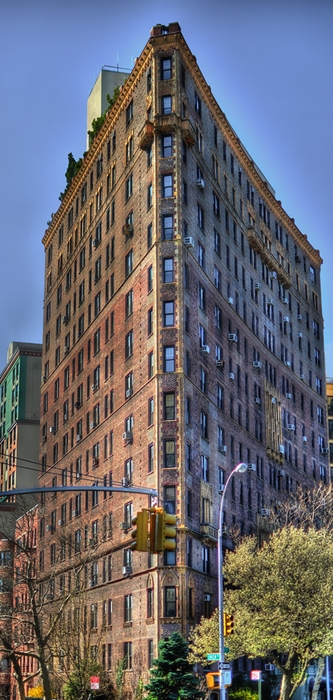

Named a fellow of The American Institute of Architecture, Candela's work has garnered numerous awards and distinctions. in 1983 and Spillis Candela DMJM in 1999. It became Pancoast, Ferendino, Grafton, Skeels and Burnham in 1963 Pancoast, Ferendino, Grafton & Skeels in 1965 Pancoast, Ferendino, Grafton in 1966 Ferendino, Grafton, Pancoast in 1969 Ferendino, Grafton, Spillis, Candela in 1971 Spillis, Candela and Partners Inc. Throughout his tenure, the firm's ownership and title evolved several times. Under his direction, the firm became the most prestigious and longest standing architectural firm in the history of Miami-Dade County. Ĭandela remained at this firm until his retirement in 2006, although by then it had become known as Spillis, Candela DMJM. It was at this firm that he, alongside Albert Ferendino, was tasked with designing a seven-thousand-seat grandstand for speedboat racing on Virginia Key. After escaping Cuba in 1960, Candela planted roots in Miami, Florida where he soon acquired a job as an architect at Pancoast, Ferendino, Skeels and Burnham in 1961. This experience – coupled with previous summer internships in the office of Max Borges Jr., the architect of the famed Tropicana Club in Havana – ultimately influenced his approach to designing the Marine Stadium for which he is best known. During this period, the firm was working with Spanish-born architect Félix Candela, a distant relative of Hilario, on the Bacardí warehouse in Mexico. Hilario Candela (J– January 18, 2022) was a Cuban-born American architect best known for his design of the Miami Marine Stadium on Virginia Key, Florida.Īfter studying architecture at Georgia Institute of Technology, Hilario Candela returned to his home country where he briefly worked at the Cuban firm SACMAG (Saenz-Cancio-Martin-Alvarez-Gutierrez, architects) between 19.


 0 kommentar(er)
0 kommentar(er)
